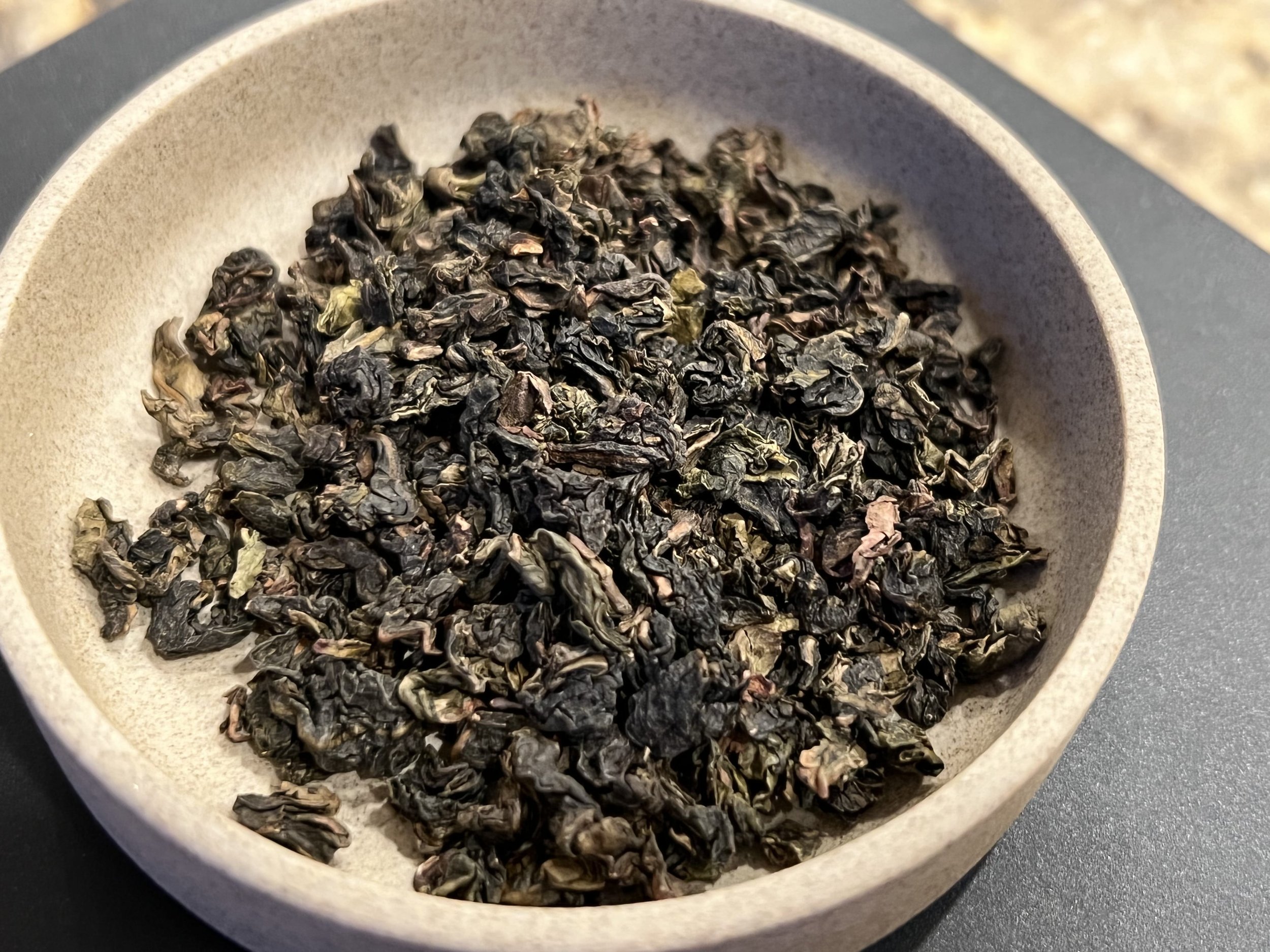
TEA TASTING
It’s so much more than just black and white
Tea is the second most consumed beverage in the world behind water, and has one of the longest histories of any food or drink in existence. For a long time, I was a hydro homie purist, but over the course of the stay-at-home pandemic, I started to explore tea after taking interest in its many varieties, levels of quality, and exquisite brewing techniques. Since learning about tea, I have discovered that there is so much more to the world of tea than just green, white, black, and oolong tea. In my thirst to learn as much as I can and try everything, I bought way too much tea — more than I could ever hope to consume — all just to try one sip. Turn on your kettle and kick back as I learn about and share my tasting notes on many loose leaf style teas from around the world.
The Types of Tea
There are many types of tea in the world, and depending on who you ask, their list of categories may be different. The most well known types of tea include green, white, oolong, and black tea. All of these teas are produced from the tea leaves that come from the same tea bush, Camellia sinensis.
What makes these four teas different from each other is the level of oxidation the leaves experience during processing. Green tea undergoes no oxidation, while black tea is fully oxidized. The process of oxidation starts immediately after the tea leaf is picked, and has the effect of darkening the tea leaf and altering the flavors. This process is stopped by heating the tea leaf, stopping the enzymatic process responsible for oxidation.
Another massively popular, but not as well known, category of tea is puerh tea (pronounced poo-err). While puerh tea leaves are produced from the same tea plants, the main difference is that puerh is fermented. Fermentation is different than oxidation in that fermentation involves microbial activity which breaks down the tea leaves in a process similar to producing wine, beer, yogurt, or kombucha. Puerh tea is often pressed into circular disks called tea cakes and aged for many years. Much like wine, a well aged puerh tea cake can command a very high price.
Herbal teas are popular as a non-caffeinated beverage, and often refer to teas that are not made from Camellia sinensis. There is an equally wide variety of herbal teas made from spices, herbs, fruits, and more.
Tea Ware
Fundamentally, it doesn’t take much to brew tea. Just a cup and tea leaf. The minimal supplies required to brew tea means that ancient civilizations were able to discover and brew tea without modern technology, and that tea brewing does not require fancy equipment to get started.
Check out my page on Tea Ware to learn more about the equipment involved in brewing, along with my personal recommendations.
Tea Shops
There are many, many places to buy tea. You can buy tea from nearly any market, many websites online, or a while traveling abroad from a tea vendor. When ever you buy tea, you are trusting that the supplier has done a good job sourcing high quality tea, and also that the tea is the variety and quality they claim it is. Thus, it is recommended to buy from reputable suppliers who source their own tea and are transparent about what the manufacturing techniques and where it comes from.
For a list of my recommended tea shops, check out my Tea Shops page.
Learn More
Here are some great resources to learn more about tea:
Read Sip More Tea
























